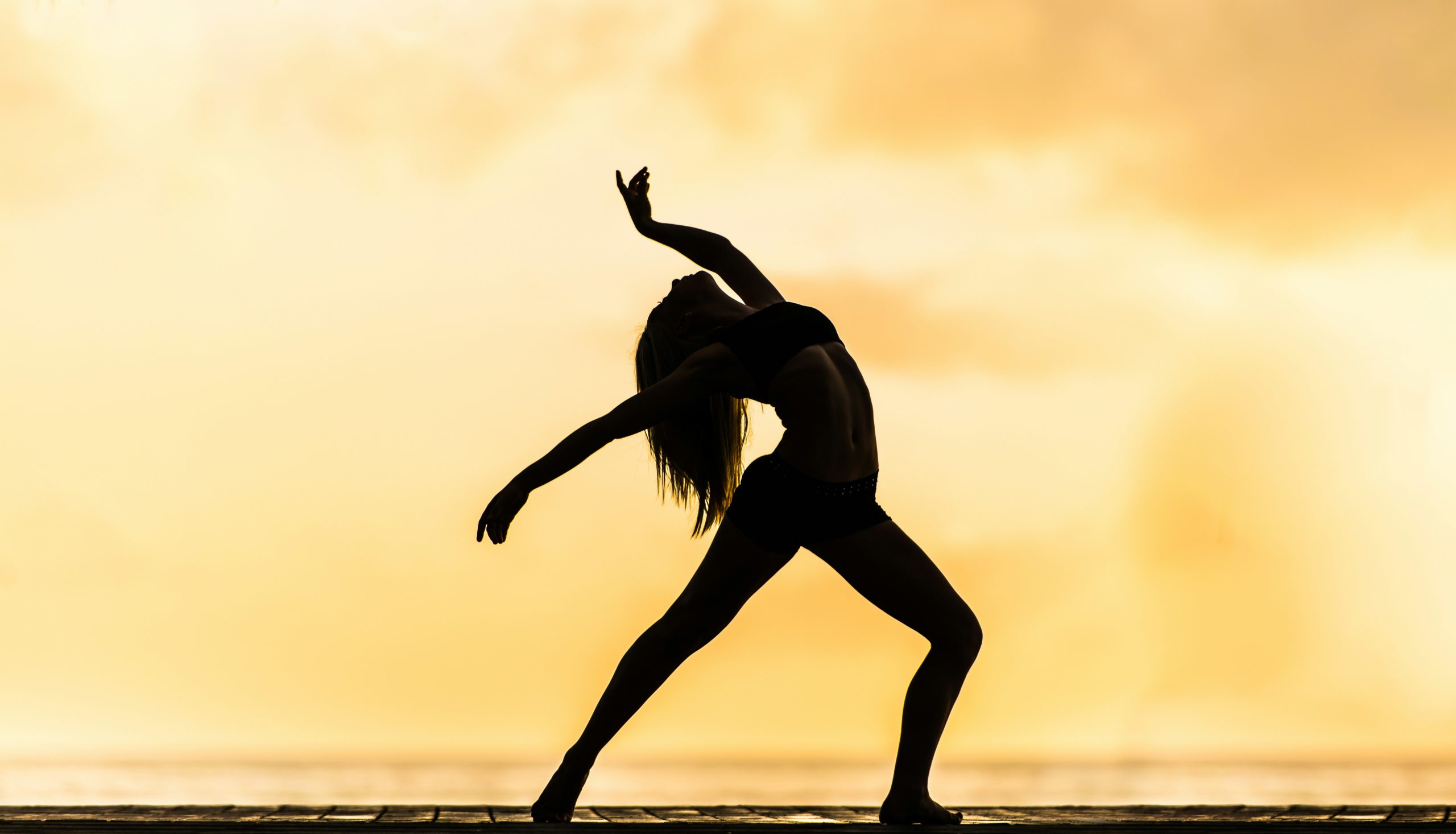Dance is an art form that lets you express yourself in ways that can only be conveyed through movement and rhythm. It offers a liberating feeling that allows you to give in to the music and be in the moment. However, it’s difficult to enjoy dancing if the clothes you’re wearing are preventing you from moving freely. Fabrics that restrict your movement are uncomfortable and may affect your performance during practice sessions or on stage.
If you’re looking to improve your dance game without having to worry about what clothes to wear, here are some things to keep in mind when picking out dance wear, regardless of whether you’re practicing ballet, ballroom, hip-hop, or contemporary.
Select Fabrics That Suits Your Dance Style
Different dance styles require specific movements, and wearing the right kind of fabric can help you maximize your range of movement. For instance, ballet dancers often need lightweight, flowing fabrics like chiffon or georgette for their skirts, which allow for graceful movements and elegant lines. Hip-hop dancers, on the other hand, might benefit from durable, stretchy materials like cotton-spandex blends that can withstand energetic and dynamic routines. Understanding the specifics of your dance style ensures that the fabric best complements your movements, providing both aesthetic appeal and functional support.
Opt for Lightweight and Breathable Fabrics
Dance is a physically demanding activity that generates a lot of heat and sweat. As such, it’s important to choose fabrics that allow for adequate ventilation and moisture management. Fabrics like cotton, bamboo, and mesh are excellent choices because they are breathable and help to keep the body cool. Additionally, moisture-wicking materials such as nylon blends and polyester can effectively draw sweat away from the skin, keeping dancers dry and comfortable even during intense sessions.
Opting for clothing made from lightweight and breathable fabrics, such as fitted bamboo crop tops and cotton leggings, lets you focus more on your performance and less on the discomfort caused by overheating or excessive sweating. To find a fabric that suits your needs, try on different materials during practice to see which ones provide the best breathability and comfort for your body and dance style.
Wear Fabrics That Offer Stretch and Flexibility
Dancing involves a variety of movements, from high kicks and deep lunges to graceful leaps and expressive body rolls. Thus, wearing clothes that offer a lot of stretch and flexibility ensures that you get a full range of motion whenever you train or take the stage.
Fabrics like spandex, jersey, and elastane are ideal because they offer excellent stretch and return to their original shape after being pulled or stretched. These materials enable you to perform complex moves with ease and confidence. You can test the flexibility of the fabric by doing a few dance moves or stretches while wearing it. This helps determine whether the fabric will be able to meet your needs.
Factor in Comfort Against the Skin
Comfort against the skin is a crucial consideration when selecting dancewear fabrics. Wearing clothes made from soft, smooth fabric can prevent chafing and irritation, especially in areas prone to friction like the underarms, waist, and inner thighs. Cotton and bamboo are known for their softness and hypoallergenic properties, making them suitable choices for sensitive skin.
Additionally, look for seamless designs and tagless options to further enhance comfort. After all, the last thing you need is to be distracted by itching or discomfort during a performance or rehearsal. Before committing to a fabric, however, it’s wise to wear it for a practice session to ensure it feels comfortable throughout various movements and doesn’t cause any skin issues.
Get Dancewear Fabrics That Provide Support and Shape Retention
Support and shape retention are essential characteristics of dancewear fabrics, especially when it comes to maintaining the desired silhouette and providing necessary support during performances. Fabrics that offer good support help in holding the garment’s shape, which is important for achieving a polished and professional look.
Nylon and polyester blends, for example, are known for their ability to retain their shape while providing adequate support. These materials are often used in leotards and tights to ensure that the garment fits well and stays in place, even during vigorous movements. These types of fabrics also reduce the need for frequent adjustments, so they won’t be a cause for distraction while you’re on stage.
For added security, look for features like built-in bras or compression panels that enhance support where needed. This ensures that your dancewear not only looks great but also performs well under the demands of your routine.
Ensure the Durability of Dancewear Pieces
Dancewear is subjected to frequent washing, stretching, and general wear and tear, so you have to make sure that your dance clothes are made from high-quality fabrics to ensure they last. Cheap fabrics can quickly lose their shape, color, or functionality, leading to the need for premature replacements, which can get expensive. Materials such as high-quality polyester blends, nylon, and reinforced spandex are known for their durability and can withstand the rigors of regular practice and performance.
When evaluating fabrics for durability, consider their resistance to fading, pilling, and fraying. You should also opt for fabrics that retain their integrity and appearance even after multiple washes and intense use. Additionally, check for stitching and construction quality, as well-made seams and finishes contribute to the longevity of the dancewear. By investing in well-constructed garments, you can ensure that your dancewear remains functional and visually appealing over time.
Choosing the right fabrics for your dancewear is important for both your comfort and performance. Not only does the right clothing material enhance your movement, but it also provides you with support in the right areas and improves your dance experience as a result.






